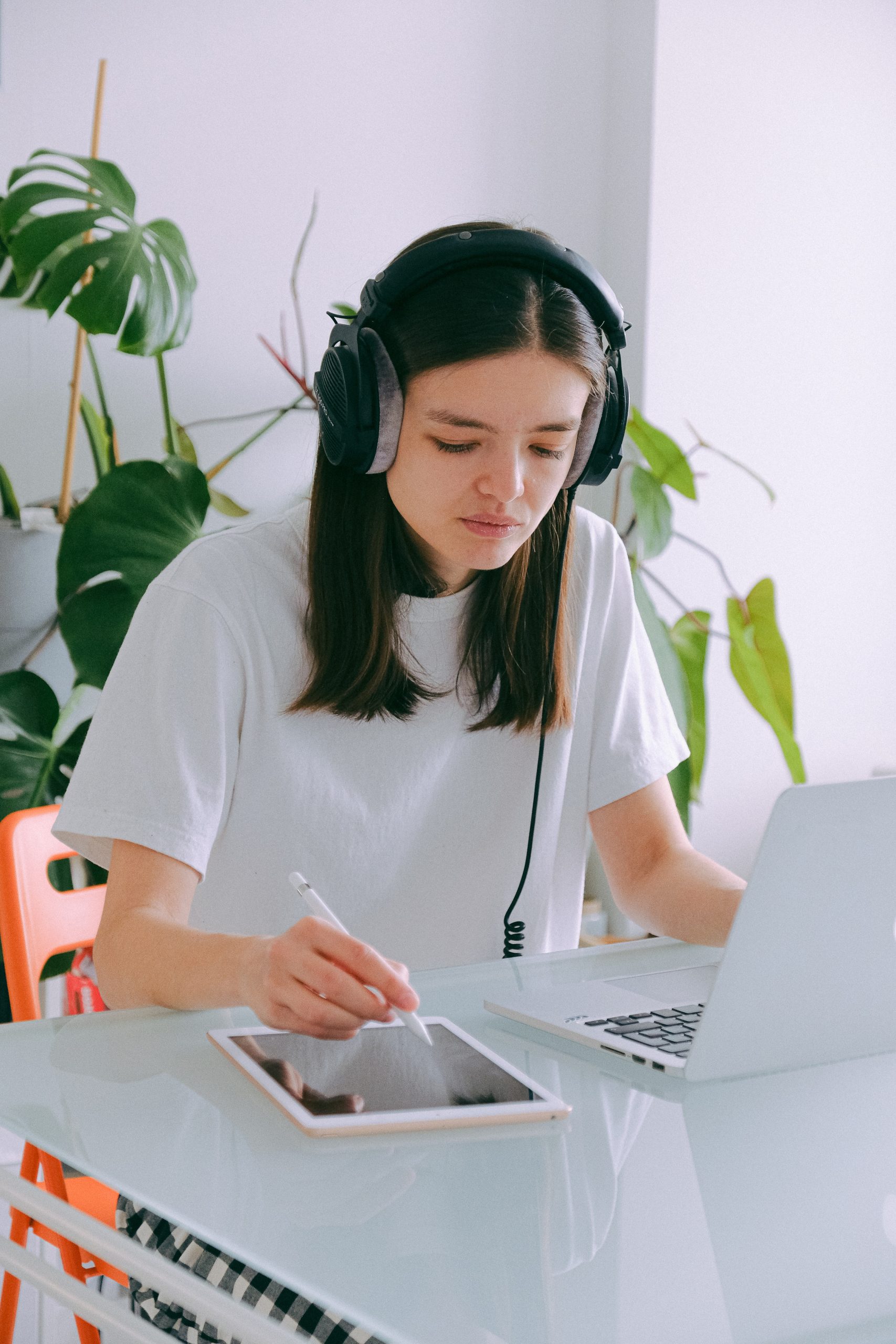Canva is a versatile graphic design tool that enables users to create a wide range of visual content, including double-sided designs. Whether you’re creating business cards, flyers, postcards, or invitations, knowing how to make a double-sided design in Canva can elevate your project to the next level. This article provides a step-by-step guide to creating double-sided designs in Canva, ensuring your content looks professional and polished.

Step 1: Sign In and Start a New Design
1. Sign In Log in to your Canva account. If you don’t have an account yet, you can easily create one for free.
2. Start a New Design: Click on the “Create a design” button on the top right corner of the homepage. Choose the type of design you want to create, such as a business card, flyer, or postcard. Canva offers various templates and preset sizes that you can choose from.
Step 2: Set Up Your Design
1. Choose a Template: Canva provides numerous templates for different design types. Select a template that suits your needs or start from scratch by choosing a blank design.
2. Design the Front Side: Begin by designing the front side of your project. Use Canva’s tools to add text, images, shapes, and other elements to your design. Customize the colors, fonts, and layout to match your vision.
Step 3: Add a New Page
To create the double-sided effect, you’ll need to add a second page to your design.
1. Add a New Page: At the bottom of your design workspace, you’ll see a “+ Add a new page” button. Click this button to create a new page.
2. Design the Back Side: Just like you did with the front side, design the back side of your project. Ensure that the back complements the front in terms of style, color scheme, and overall design.
Step 4: Ensure Consistency
Consistency is key to a professional double-sided design. Follow these tips to ensure both sides of your design are cohesive:
1. Match Colors and Fonts: Use the same color scheme and fonts on both sides of your design to maintain a consistent look.
2. Align Elements: Ensure that elements such as logos, borders, and text boxes are aligned properly on both sides.
3. Check Spacing: Make sure the spacing between elements is consistent to give your design a balanced appearance.
Step 5: Review Your Design
Before finalizing your double-sided design, take some time to review both sides carefully.
1. Proofread Text: Check for any spelling or grammatical errors.
2. Check Alignment: Ensure all elements are properly aligned and look good together.
3. Test Readability: Make sure that all text is readable and not obscured by other design elements.
Step 6: Download Your Design
Once you’re satisfied with your double-sided design, it’s time to download it.
1. Download Options: Click the “Share” button at the top right corner of the screen, then select “Download.”
2. File Type: Choose the file type that suits your needs (e.g., PDF Print for high-quality prints, PNG or JPEG for digital use).
3. Select Pages: Make sure to select both pages to download the entire double-sided design. Canva will combine them into a single file, ready for printing or sharing.
Step 7: Print Your Design
If you plan to print your double-sided design, here are a few tips:
1. Professional Printing: Consider using a professional printing service to ensure high-quality prints.
2. Home Printing: If printing at home, make sure your printer settings are set to print on both sides of the paper. Test with a sample print to ensure everything aligns correctly.
3. Paper Quality: Choose a good quality paper that enhances the look and feel of your double-sided design.
Creating a double-sided design in Canva is a straightforward process that can significantly enhance your marketing materials, invitations, or any other printed content. By following the steps outlined in this guide, you can create professional and cohesive double-sided designs that effectively communicate your message and leave a lasting impression. With Canva’s user-friendly interface and extensive design tools, the possibilities for your projects are virtually limitless.